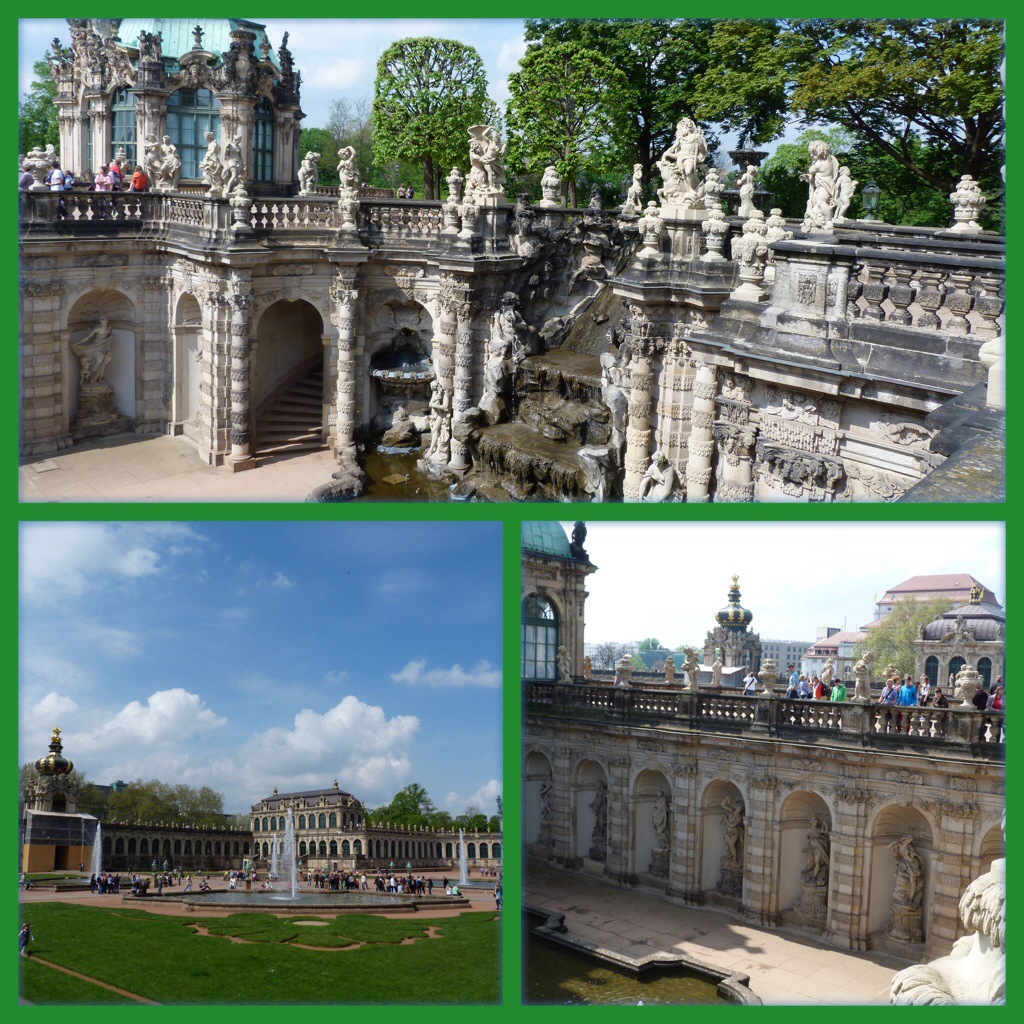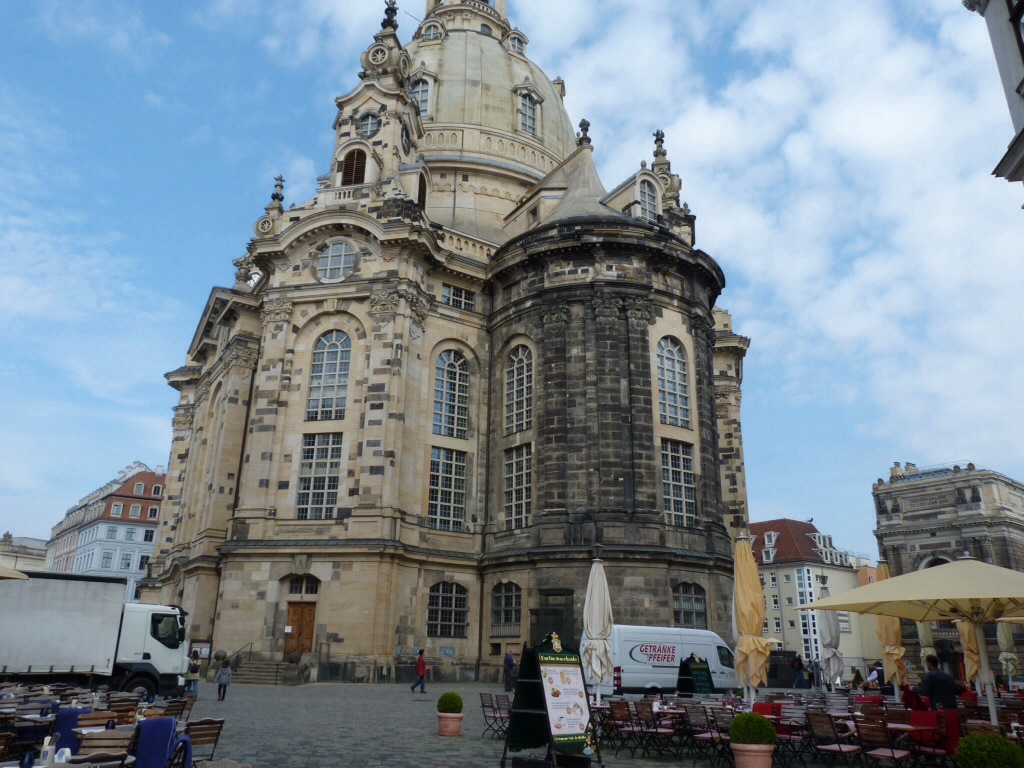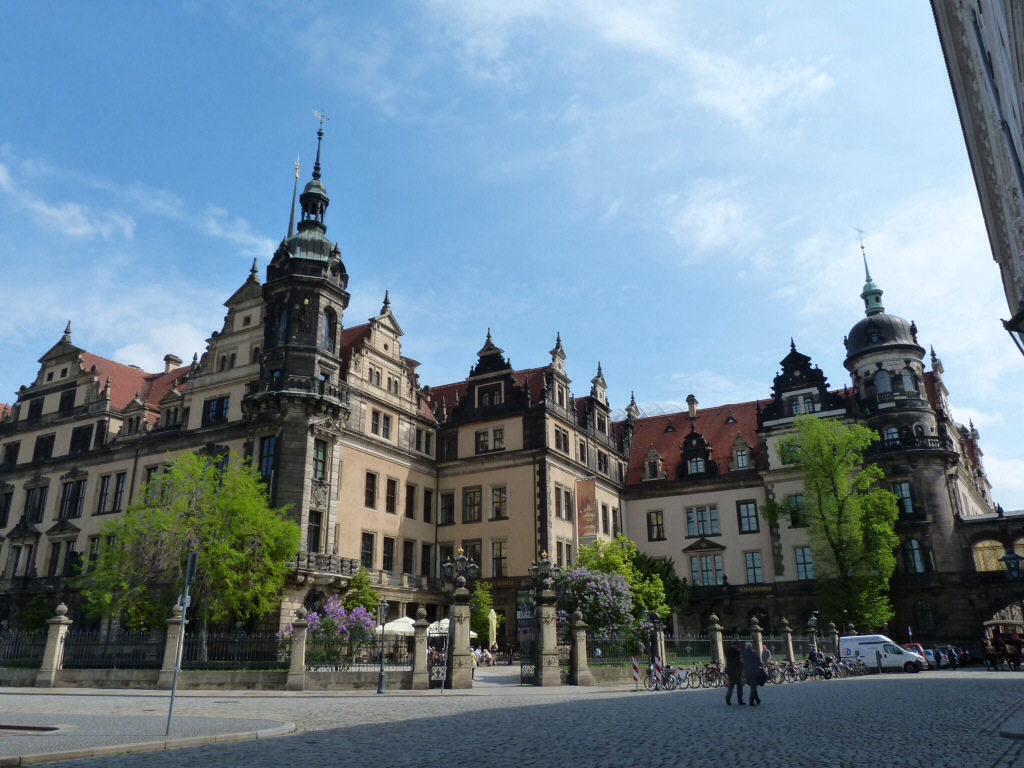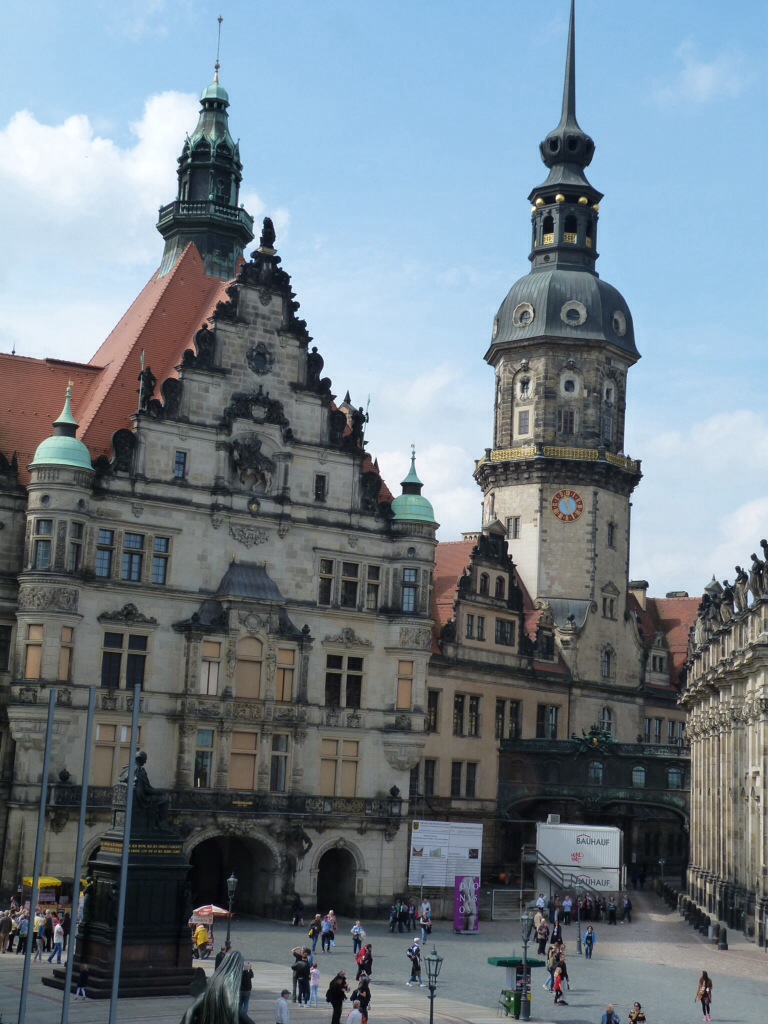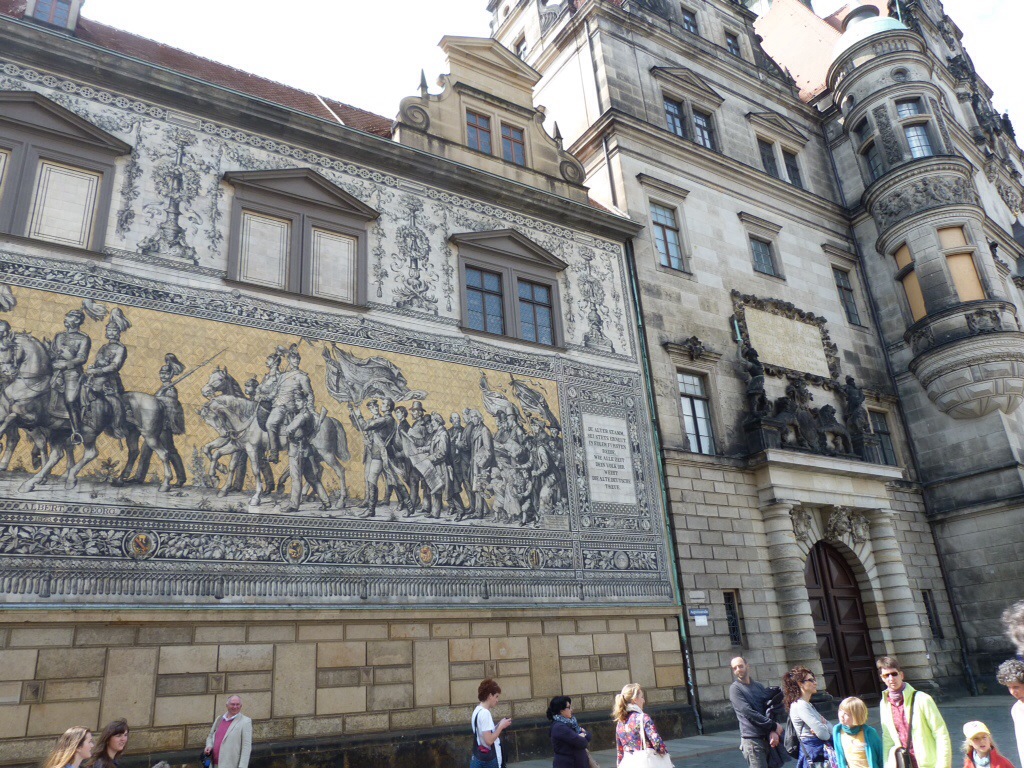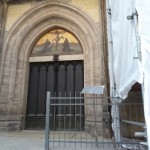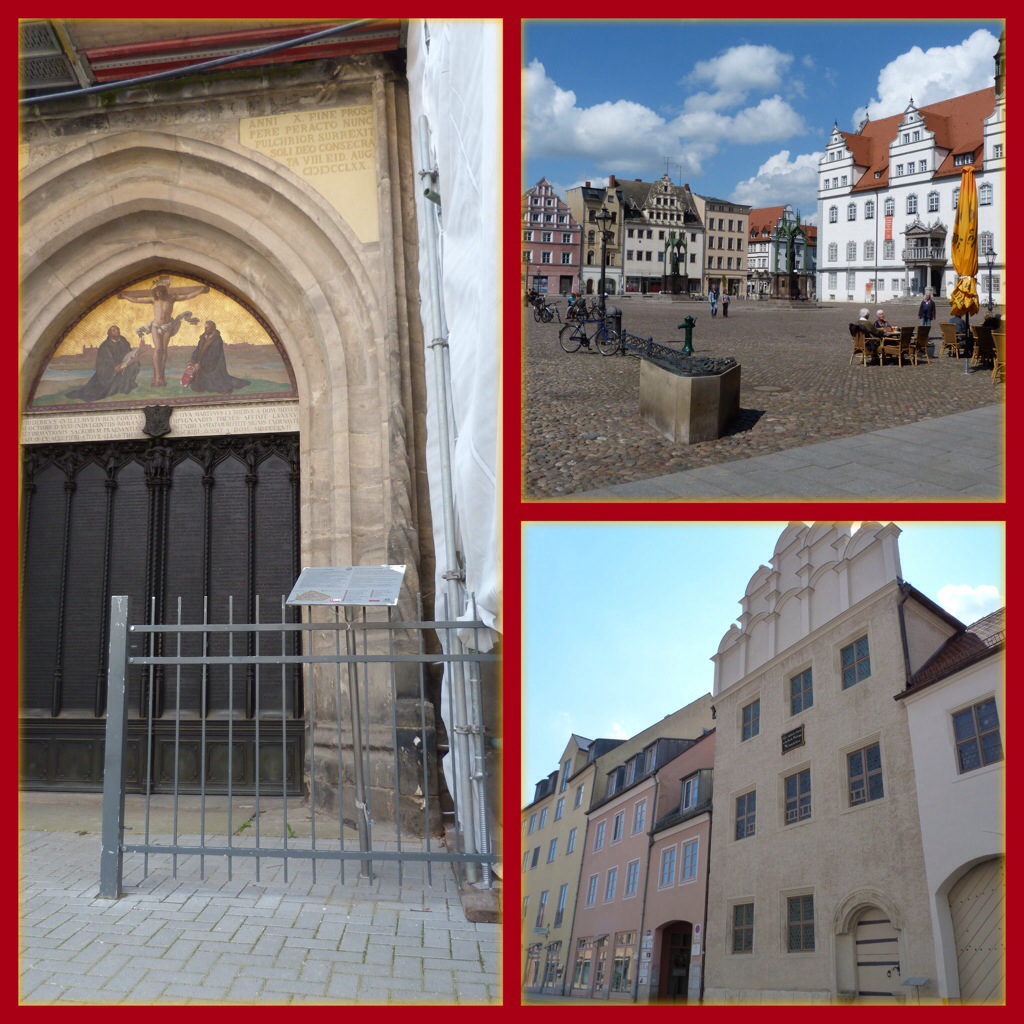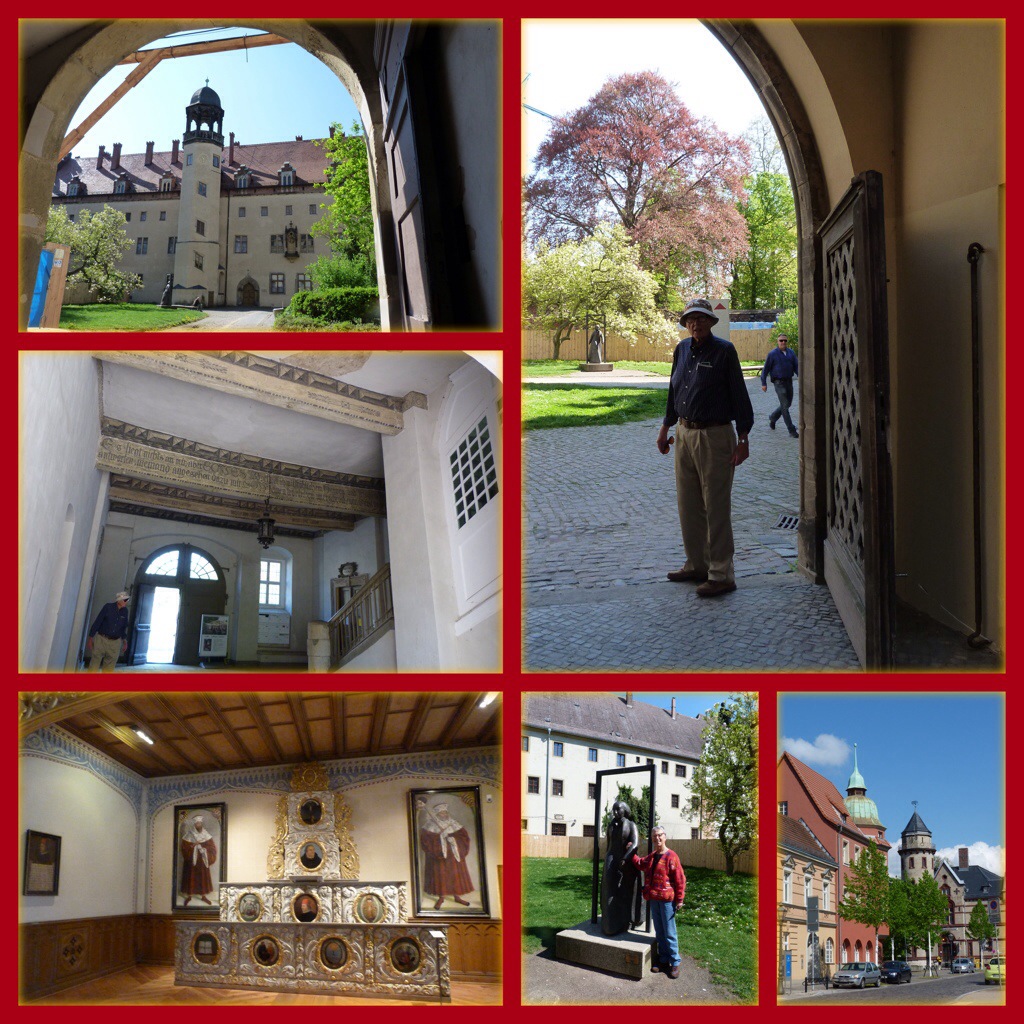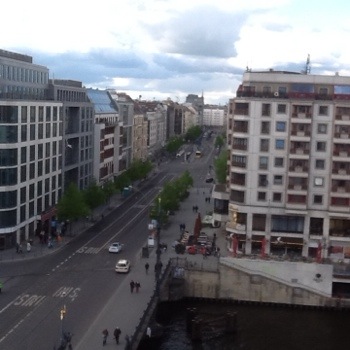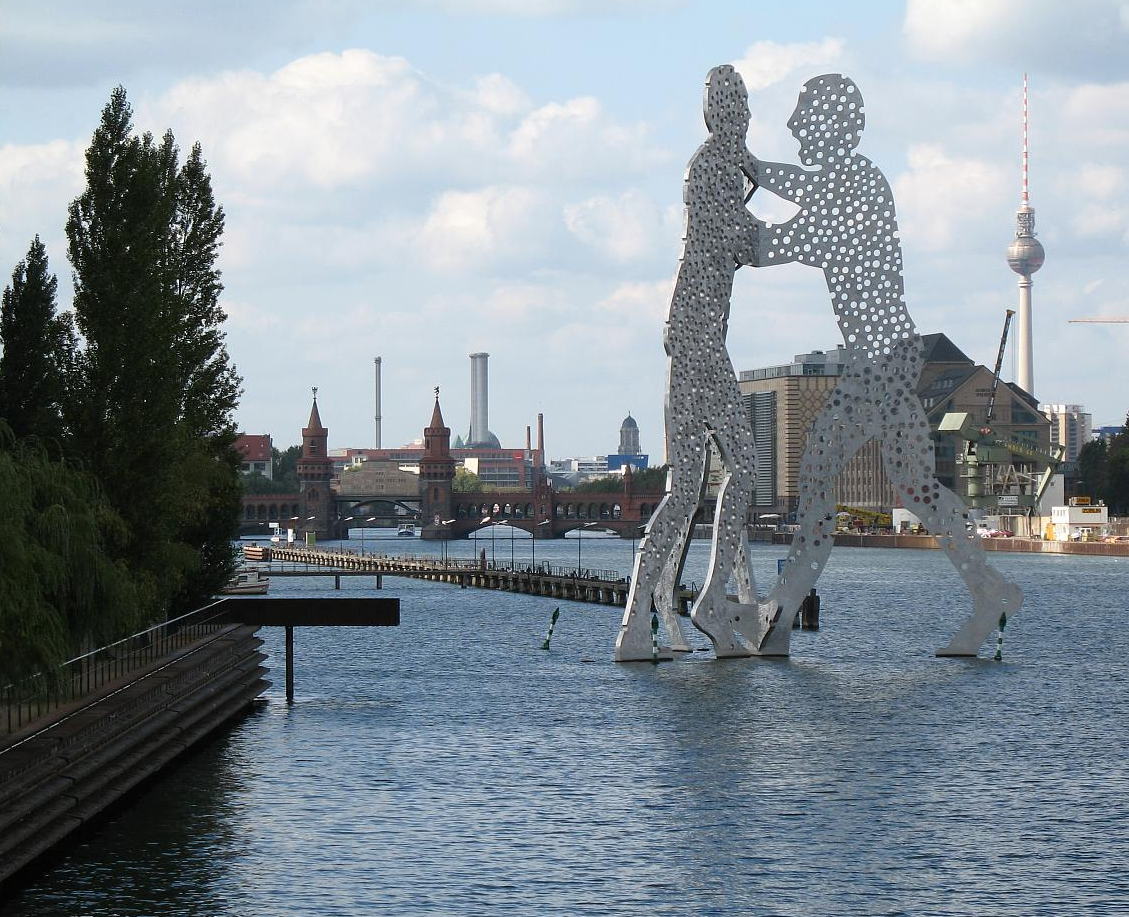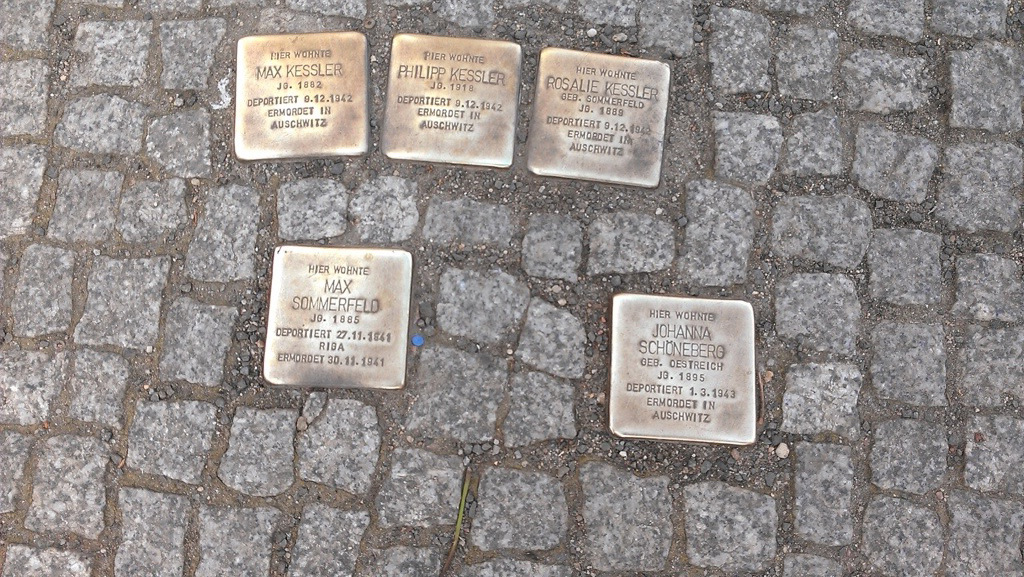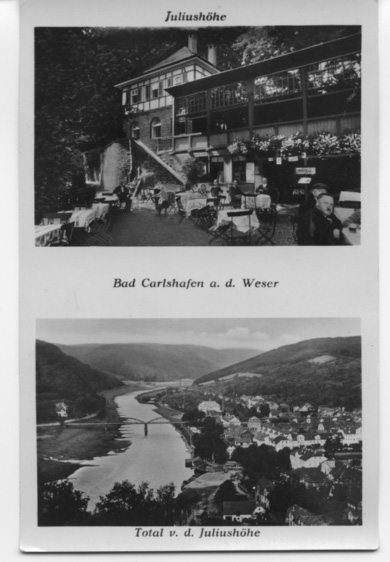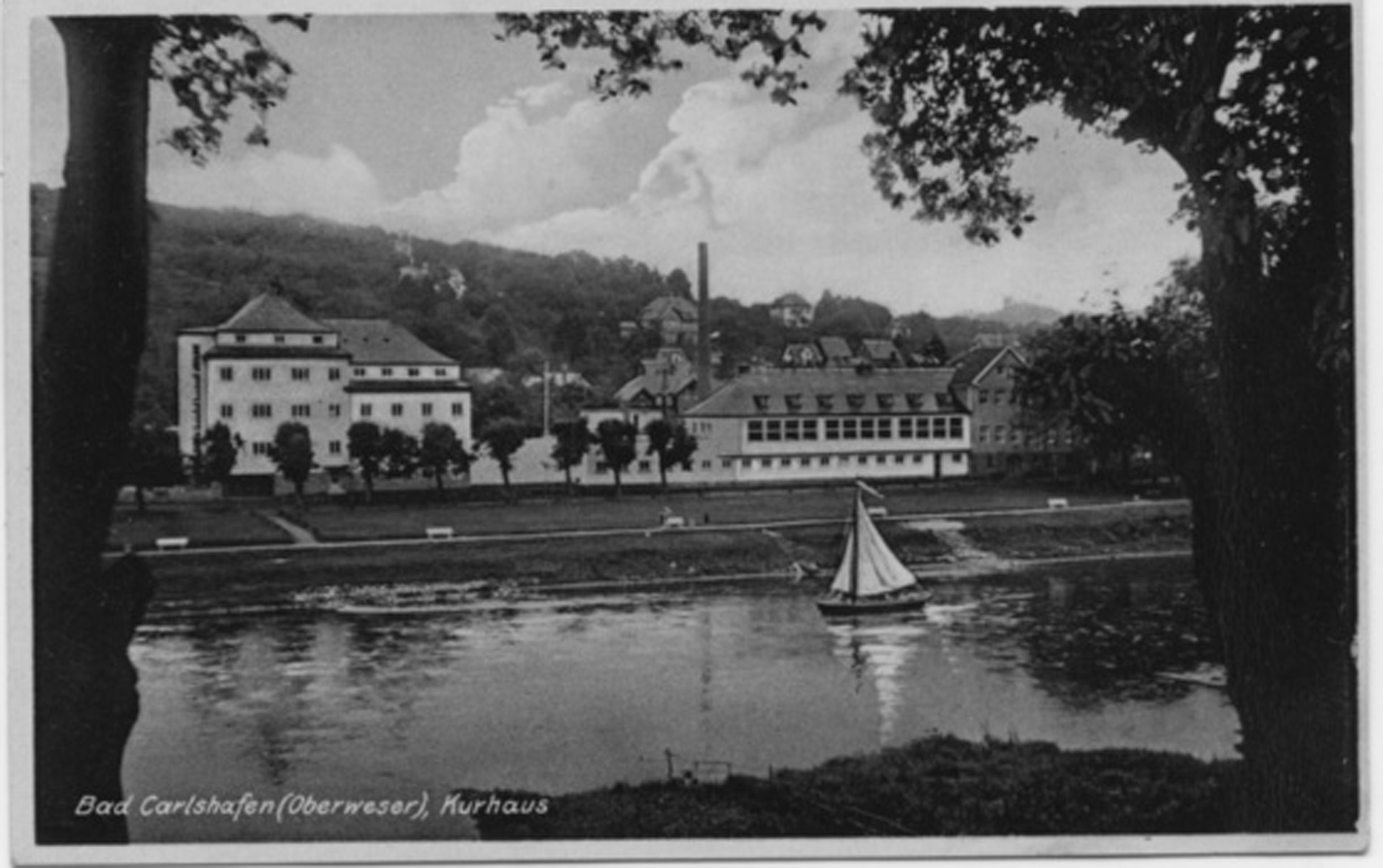Dresden recently celebrated the 800th anniversary of its founding and is justly proud that it was home to many Saxon princes and kings, the most famous of whom was Augustus the Strong and whose kingdom also included Poland. Old August was a member of the family Wettiner and he was closely related to numerous other European royal families. Many of the buildings that are still standing or that have been restored, date from the Wettiner’s reign and are testimony to the Wettiner dynasty ‘s extreme wealth and power. The last of their line of rulers abdicated in 1918.
Seventy-five percent of the historical centre of Dresden was destroyed by Allied bombing in 1945. Annual ceremonies in the city mark these events to remember the more than 30,000 people who died– the exact number is unknown.
The newly rebuilt Frauenkirche, crowned with its donated gold cupola from the United Kingdom, shines as the latest reconstruction. Our hotel is literally around the corner so most of the historical reconstruction area is accessible.
The Royal palace, formerly one of the finest Renaissance buildings in Germany, consists of great halls and apartments once filled with the royal family’s extravagant treasure trove of ivory, silver and gold knick-knacks equally adorning equally opulent chambers. Now the collection is housed in the Historic Green Vault since the state rooms of August the Strong are currently closed.
The last picture here, Parade of Nobles, painted on 24,000 Meissen porcelain tiles is longer than a football field and depicts 700 years of Saxon Royalty, fashion and weapons and was installed in 1871.
Even after sixty years Dresden appears to be in a constant state of reconstruction and refurbishment, some of which is controversial with locals–building facades and statuary darkened by oxidation when cleaned are then “protected” with a silicone treatment that keeps them from darkening yet again–an unwelcome change from the way it used to look.
Until the government decided to build a four-lane highway through the heart of the Elbe Valley, Waldschlösschen Bridge was on the UNESCO World Heritage list. So now it is known as “one of only two un-UNESCO’d sites in the world which has been ‘deUNESCO commissioned” but Bob agrees that we will still take a look.
